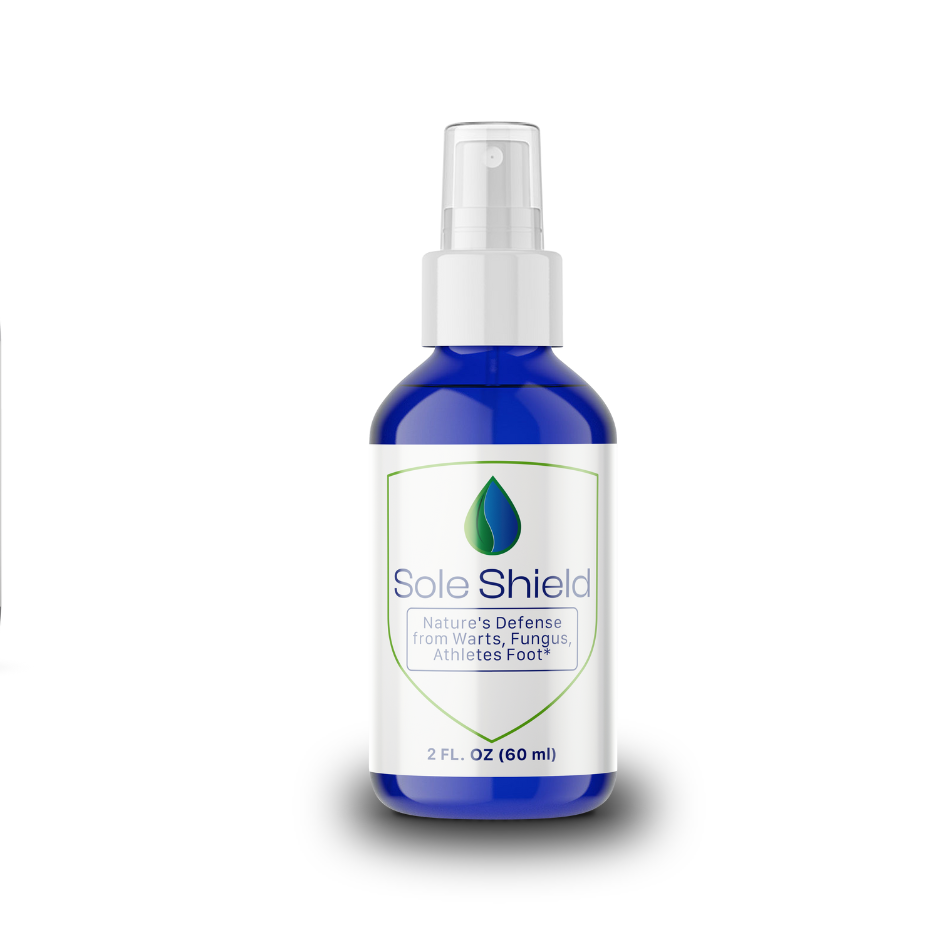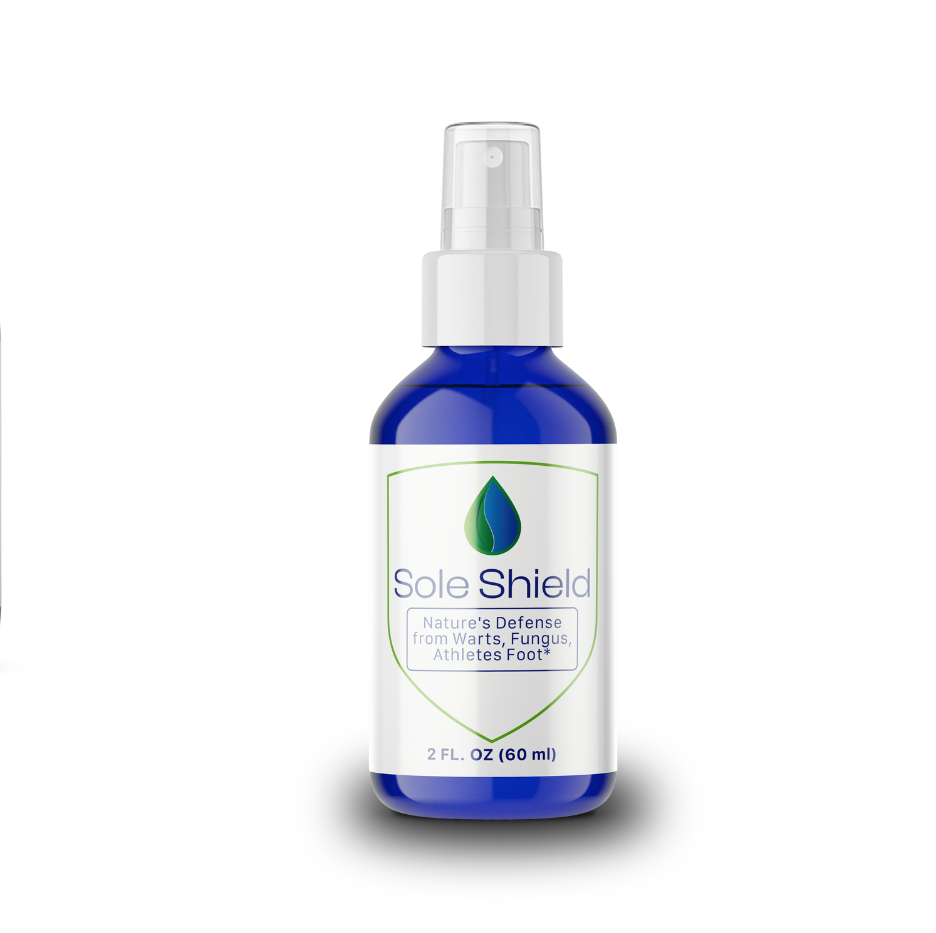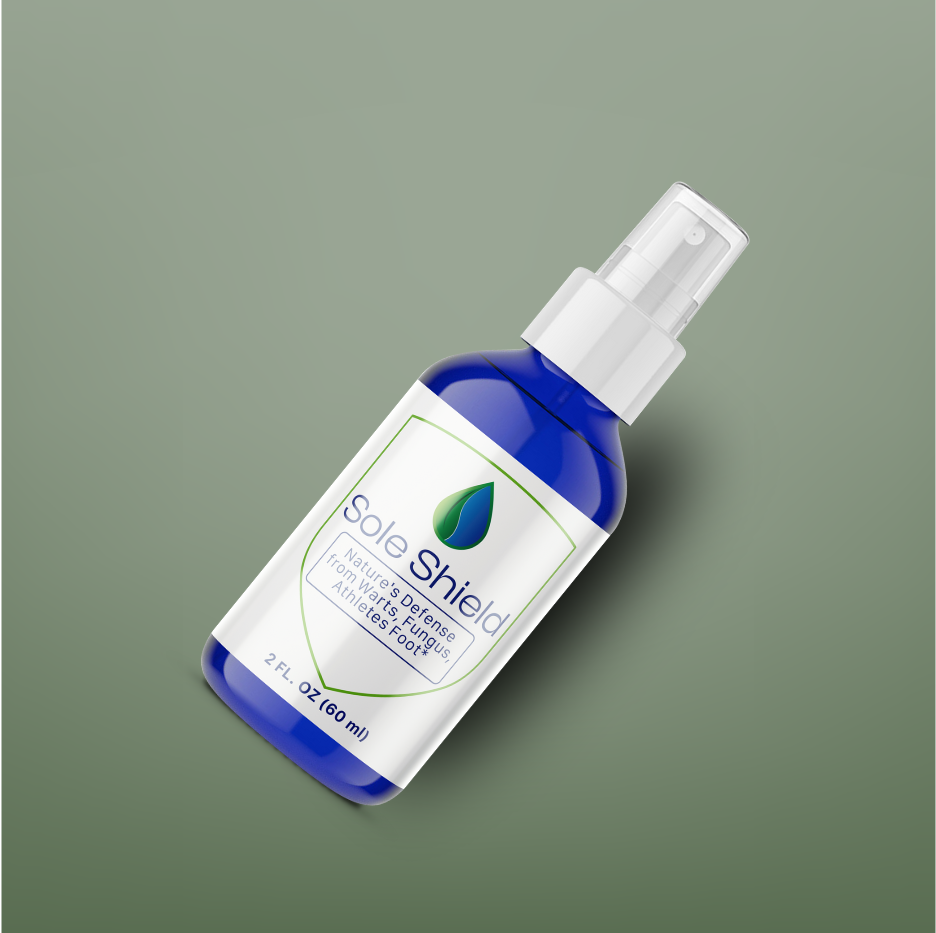The Overlooked Link: Iodine Deficiency and Skin Fragility

When clinicians think of iodine deficiency, thyroid disorders are usually top of mind. Goiter, hypothyroidism, and impaired neurodevelopment in children are the classic hallmarks. Yet, iodine plays another critical role that is often overlooked: supporting skin barrier integrity. Emerging evidence suggests that declining iodine intake in North America is contributing not only to metabolic concerns, but also to skin fragility and vulnerability to infection.
Why Iodine Matters for Skin
The skin is the body’s first and most important physical barrier against the external environment. It must withstand microbial assault, mechanical stress, and daily wear. Iodine supports this barrier through several mechanisms:
-
Antimicrobial defense: Iodine exerts broad-spectrum activity against bacteria, fungi, and viruses, reducing microbial colonization on the skin surface (1).
-
Barrier integrity: Adequate iodine helps preserve the structural resilience of keratinocytes, the cells that form the skin’s outer layer (2).
-
Immune modulation: Topical iodine can stimulate a localized immune response, enhancing the clearance of infected or damaged cells while supporting tissue repair (3).
When dietary iodine falls short, these functions can weaken, leaving skin more fragile, permeable, and prone to breakdown.
Iodine Deficiency in Today’s Population
Population surveys show that mild to moderate iodine deficiency is re-emerging in North America, particularly among women of childbearing age (4). This deficiency is being driven by:
-
Modern agricultural practices depleting iodine from soils.
-
Lower iodine content in dairy products due to changes in livestock feed and sanitization.
-
Widespread consumption of processed foods made with non-iodized salt.
-
Consumer shifts toward “natural” salts that lack iodine.
This gradual decline does not only affect the thyroid—it also erodes the body’s ability to maintain skin resilience.
Case Example: The Diabetic Foot
Consider a 62-year-old male with type 2 diabetes and peripheral neuropathy who presents with recurrent skin breakdown on the plantar surface of his foot. Despite good glycemic control and adherence to offloading footwear, his skin remains fragile, with frequent microtrauma progressing to small ulcerations and healing is delayed.
This patient is at high risk not only because of diabetes-related vascular compromise, but also because suboptimal iodine intake impairs his skin’s natural defenses. Without adequate iodine, his keratinocytes are less resilient, microbial clearance is reduced, and barrier repair is compromised. Integrating iodine-rich foods, ensuring sufficient iodine status, and adding topical support with a solution like IodinePure could strengthen his skin barrier and reduce recurrent breakdown.
Clinical Manifestations of Skin Fragility
Patients with insufficient iodine may present with:
-
Delayed wound healing due to impaired immune responses.
-
Recurrent skin infections from bacterial, fungal, or viral colonization.
-
Exacerbation of diabetic foot risk, where even minor trauma can lead to ulceration.
-
Increased susceptibility in athletes or elderly patients, who already experience higher rates of skin microtrauma and reduced repair capacity.
Closing the Gap: Clinical Implications
For clinicians, iodine deficiency should be considered not only in endocrine evaluations, but also in patients with recurrent skin breakdown, slow-healing wounds, or unexplained fragility. Restoring iodine through diet, supplementation, or topical strategies such as IodinePure can help reinforce the skin barrier, reduce microbial load, and support healing outcomes.
Key Takeaway
Iodine deficiency is no longer just a thyroid story. It is also a skin story, one of fragility, delayed repair, and vulnerability to infection. For patients with diabetes, this can mean the difference between intact skin and a chronic ulcer. Addressing iodine status may be an overlooked but powerful lever in improving skin health and integrity in at-risk populations.
Written By Dr. Evan Lewis
References:
-
Bigliardi PL et al. Povidone iodine in wound healing: A review of current concepts and practices. Int J Surg. 2017;44:260–268.
-
Gottardi W. Iodine and disinfection: Theoretical study on the mode of action of iodine. Hyg Med. 1999;24:431–436.
-
Darmstadt GL et al. Topical therapies for the prevention of infection in neonatal skin. Pediatr Infect Dis J. 2008;27(9):835–841.
-
Leung AM, Pearce EN, Braverman LE. Iodine nutrition in North America: Trends and public health implications. Thyroid. 2011;21(5):519–528.




